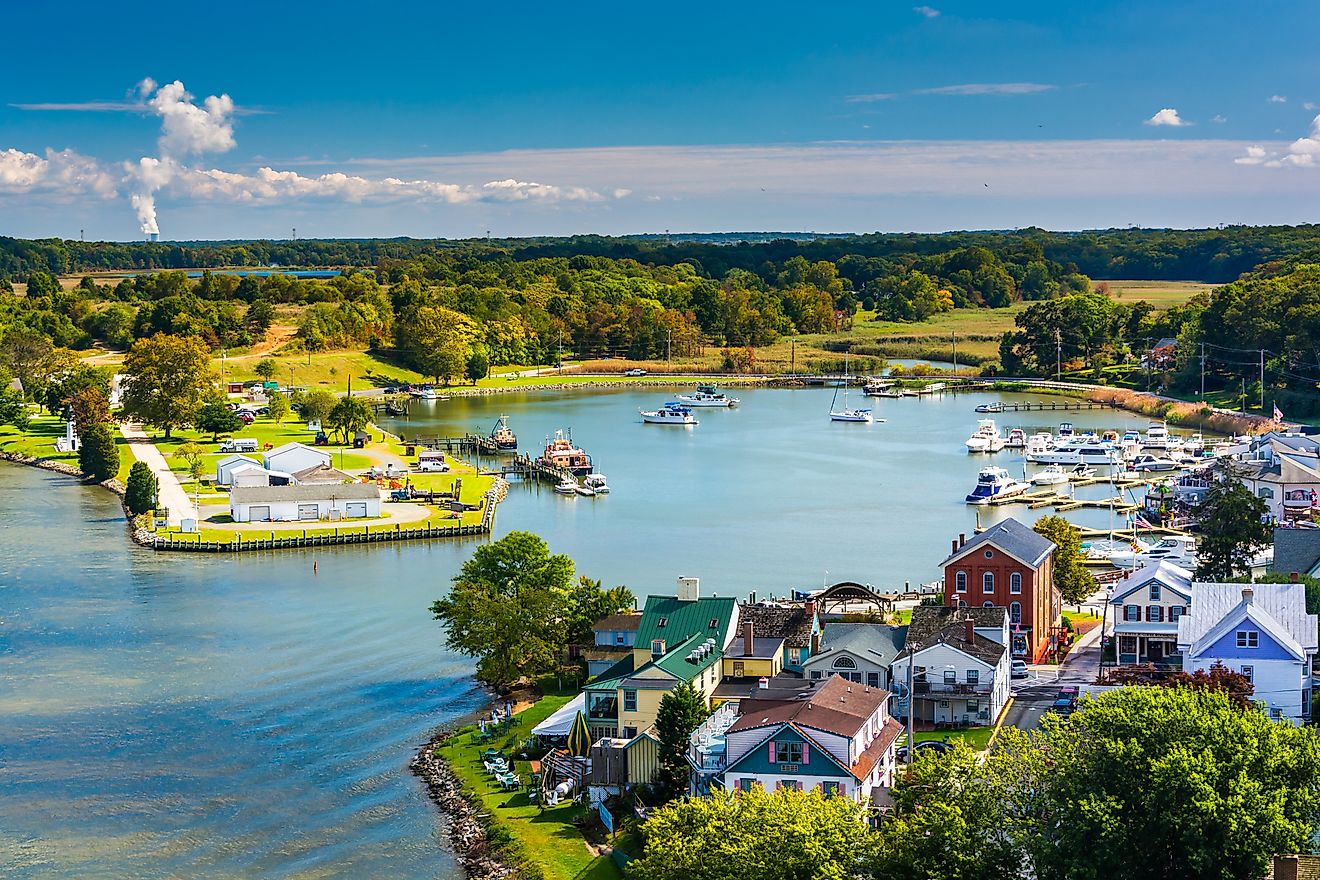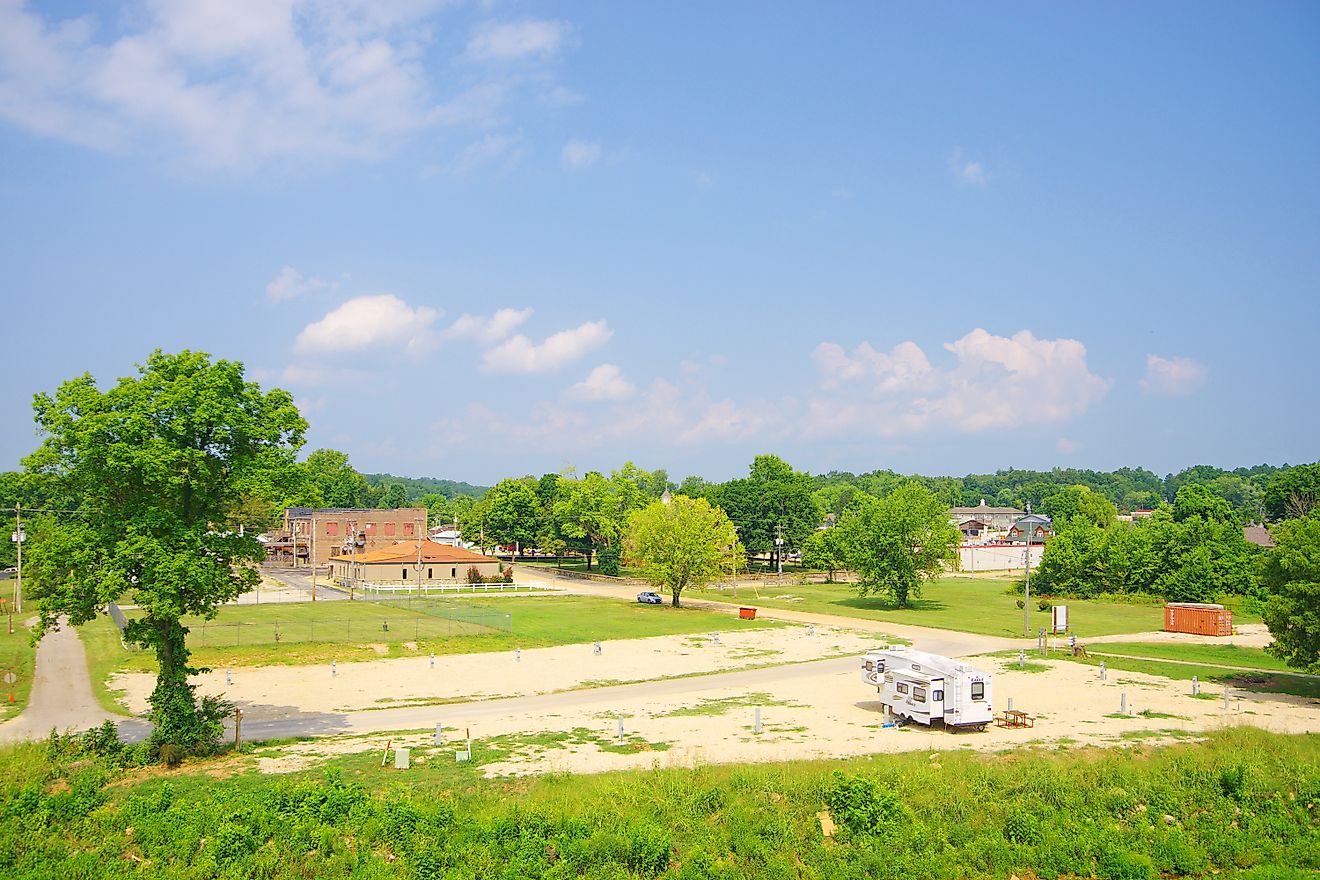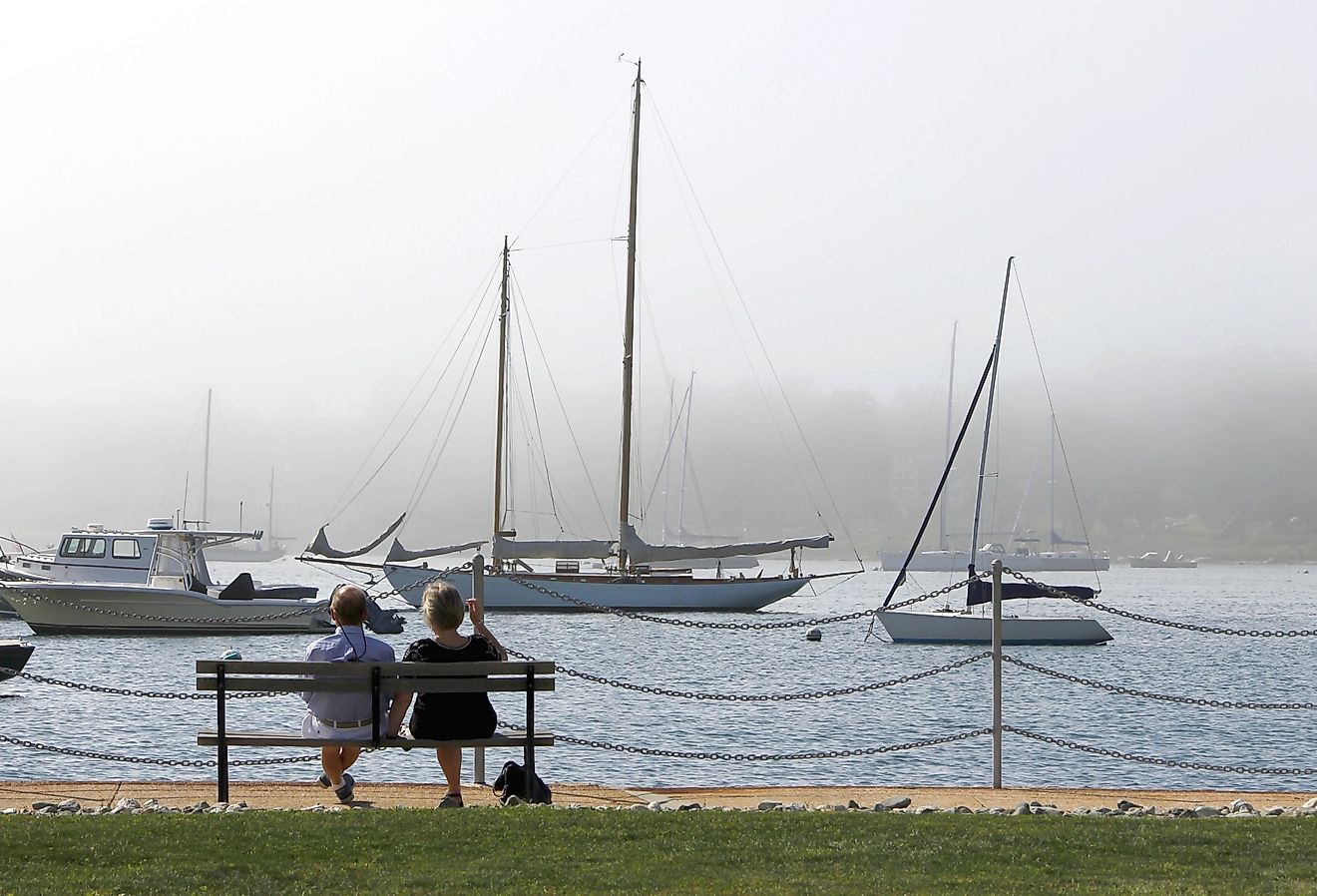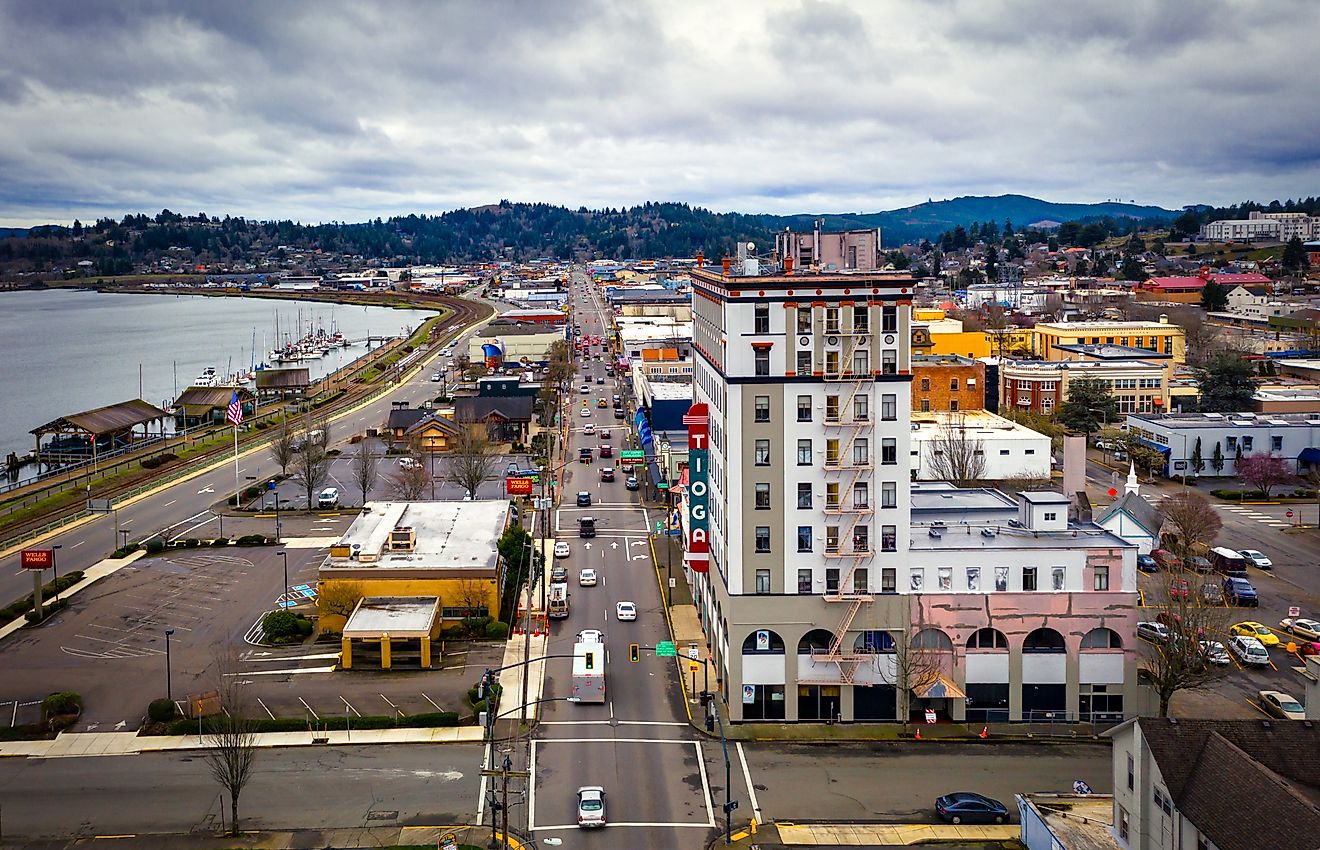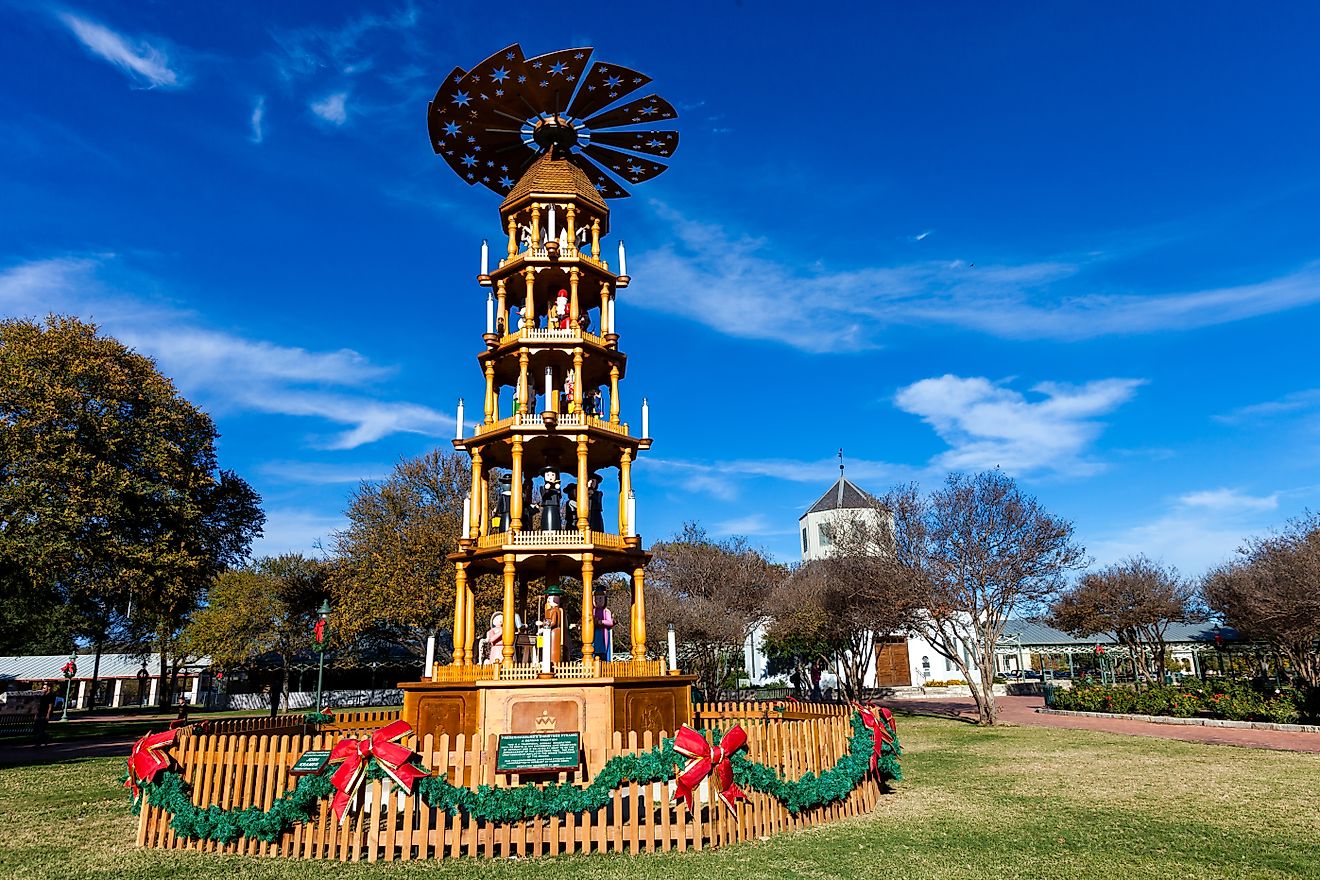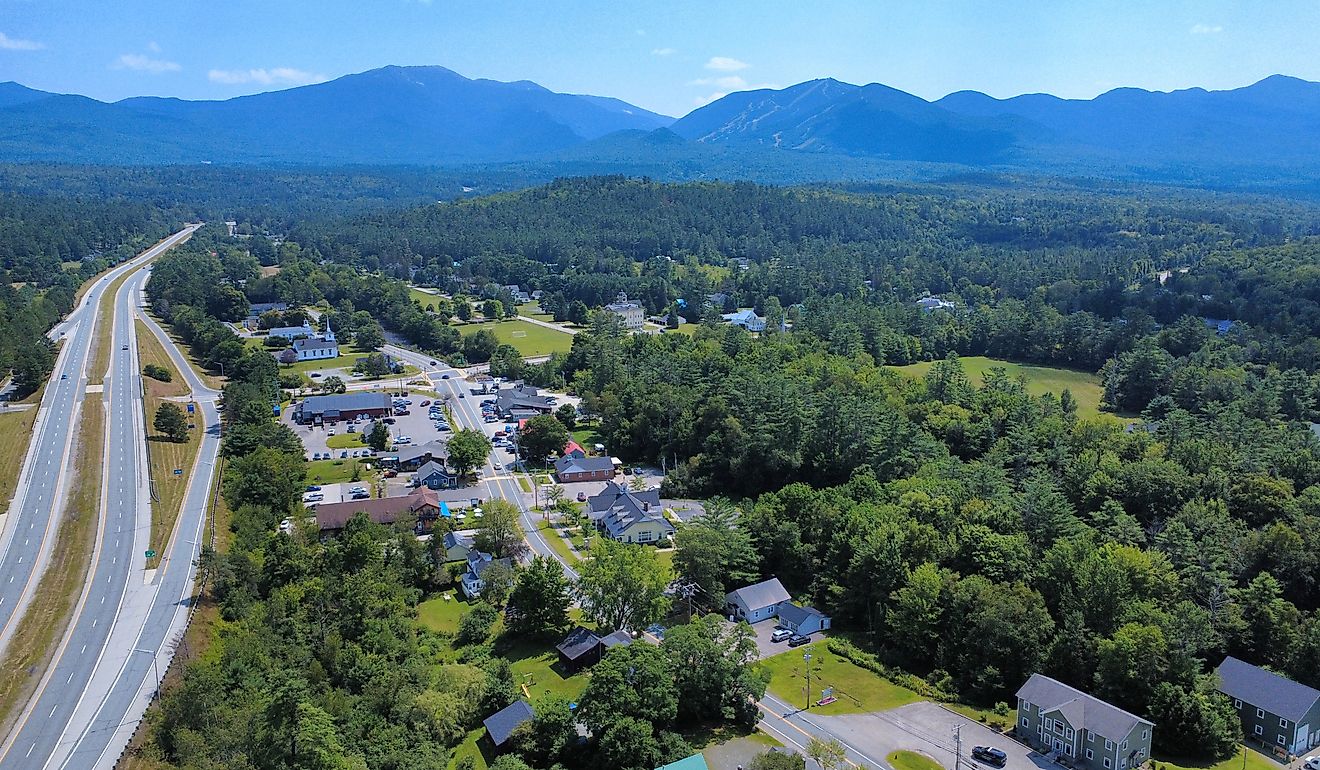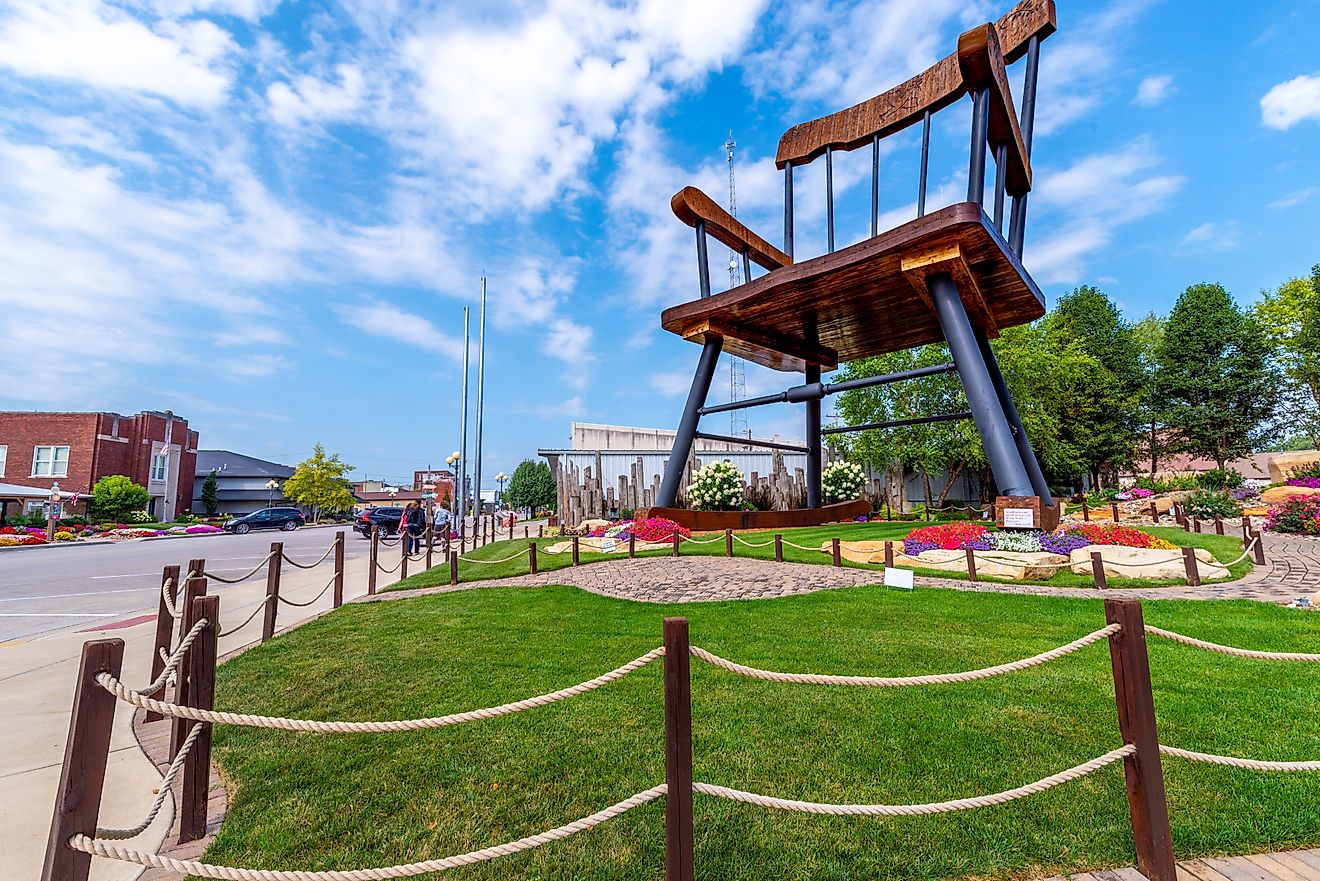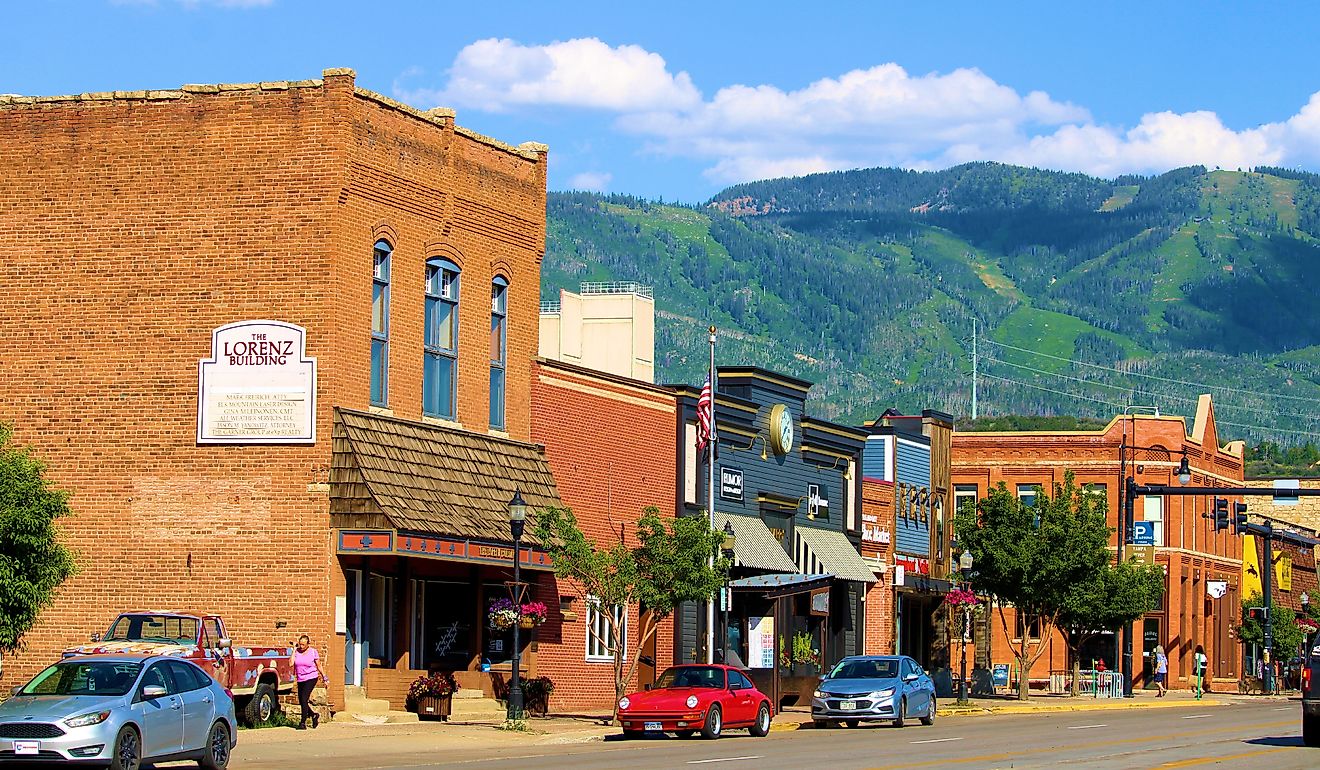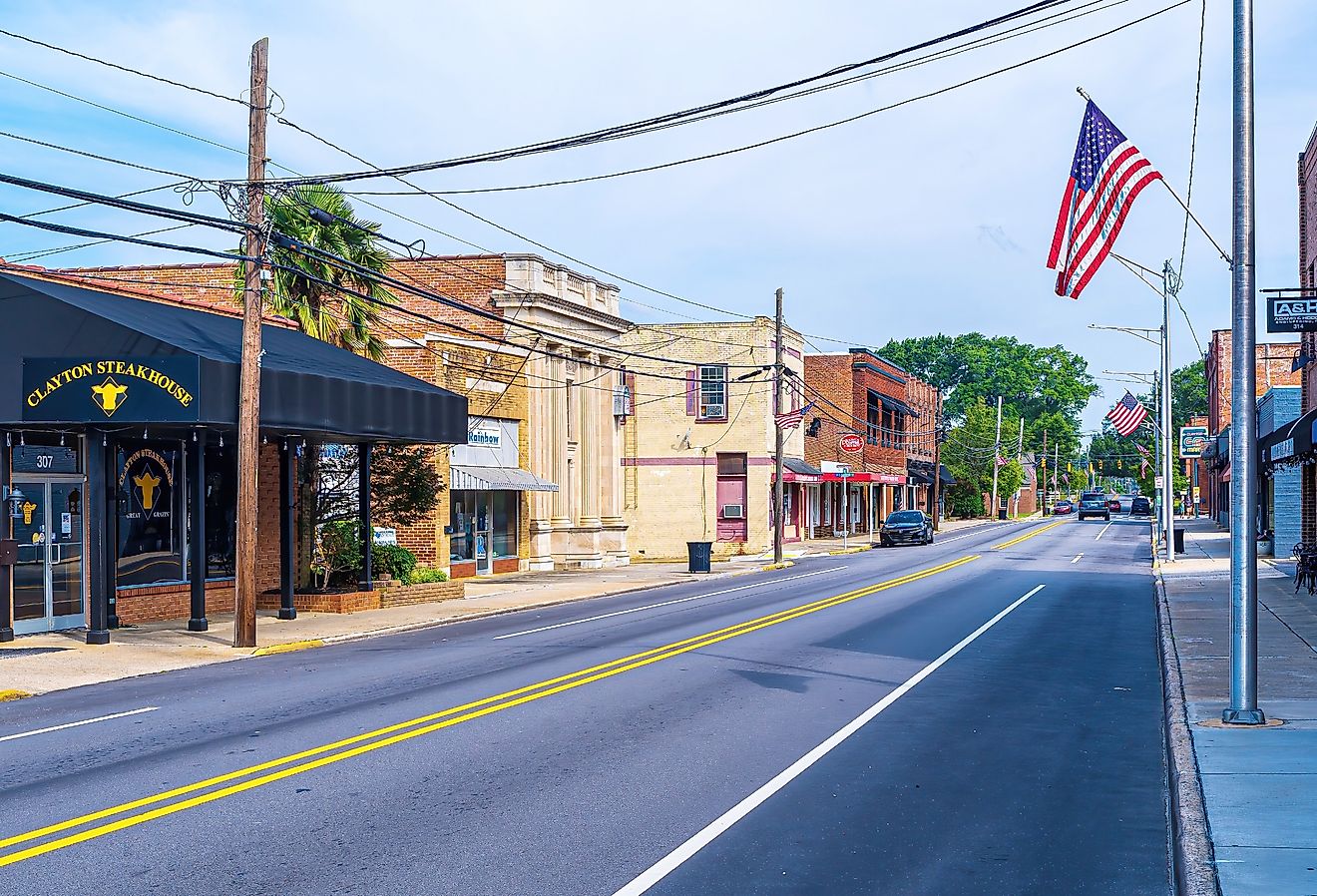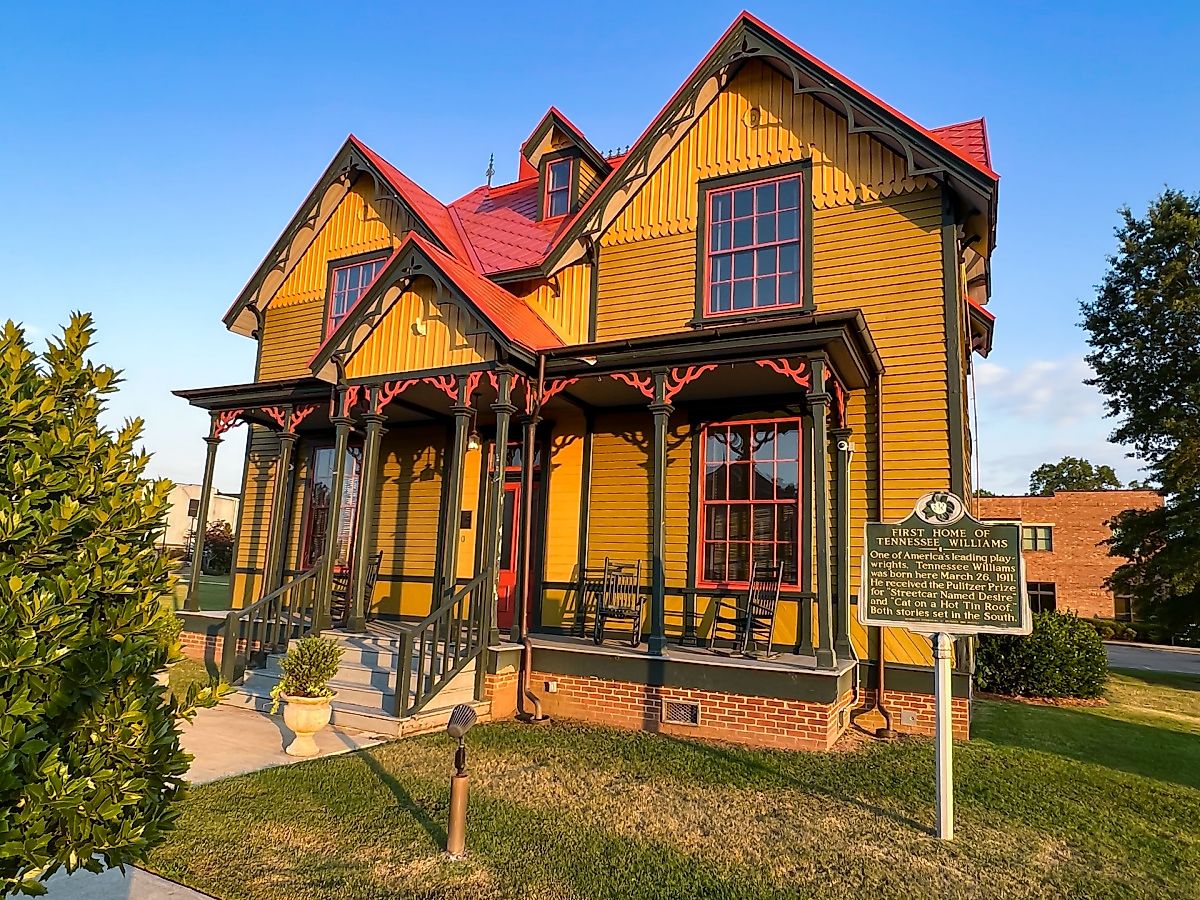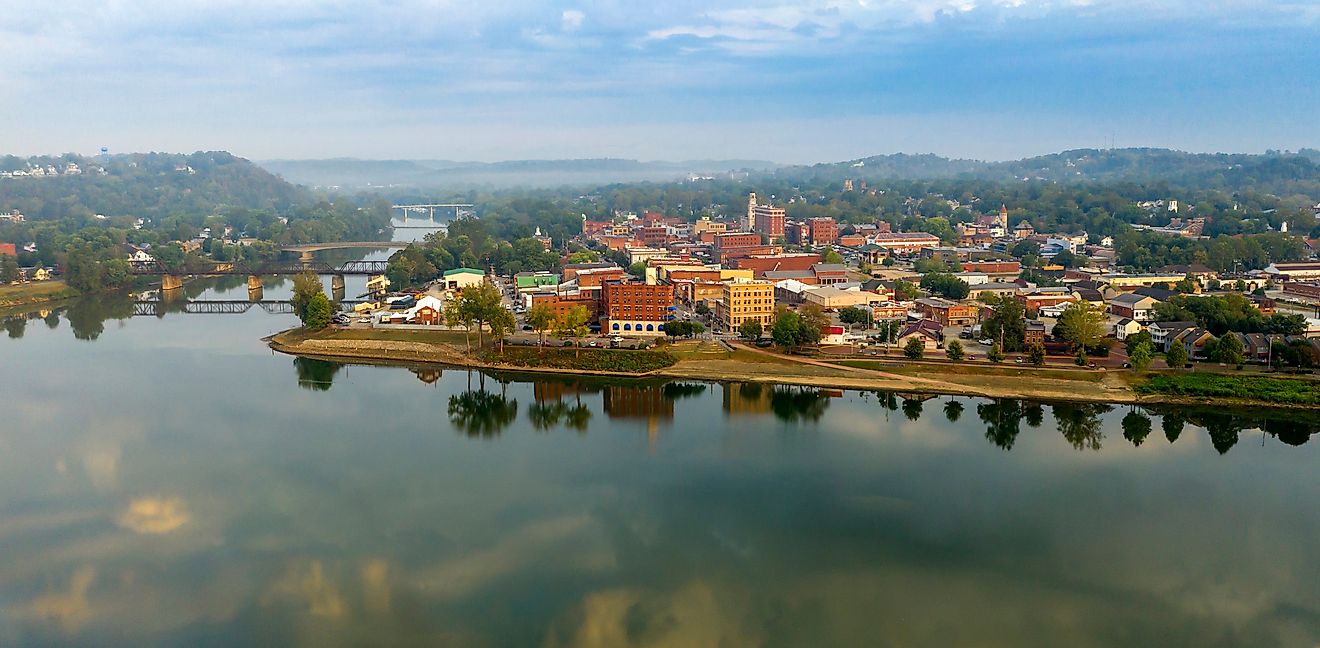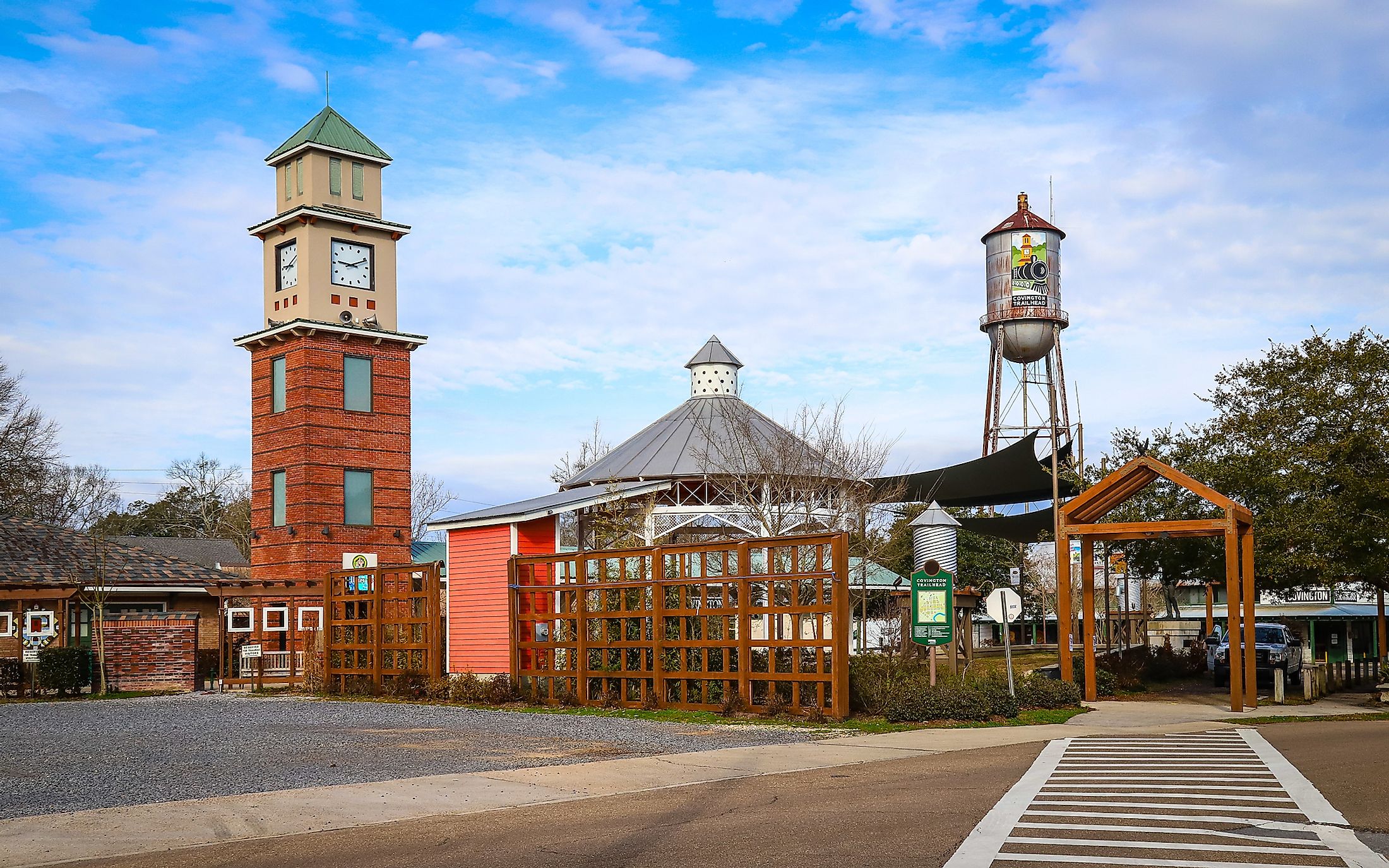
9 Picture-Perfect Towns in Louisiana
Louisiana is, for many, a famous state, and cities like New Orleans have long captured the world's imagination. But exactly how much of its rich heritage, which counts French colonies, jazz music, and world-famous foods, does the average traveler know? This list of towns combine history and local beauty for a future Louisiana visit. The well-informed tourist will see that the legacies of French, as well as Spanish and British, colonies give the state its one-of-a-kind architecture. Combine that with Louisiana's natural scenery, like the Gulf of Mexico coast and the mighty Mississippi River, and the state grows even more appealing. These postcard-pretty towns might just inspire your next weekend away.
New Iberia
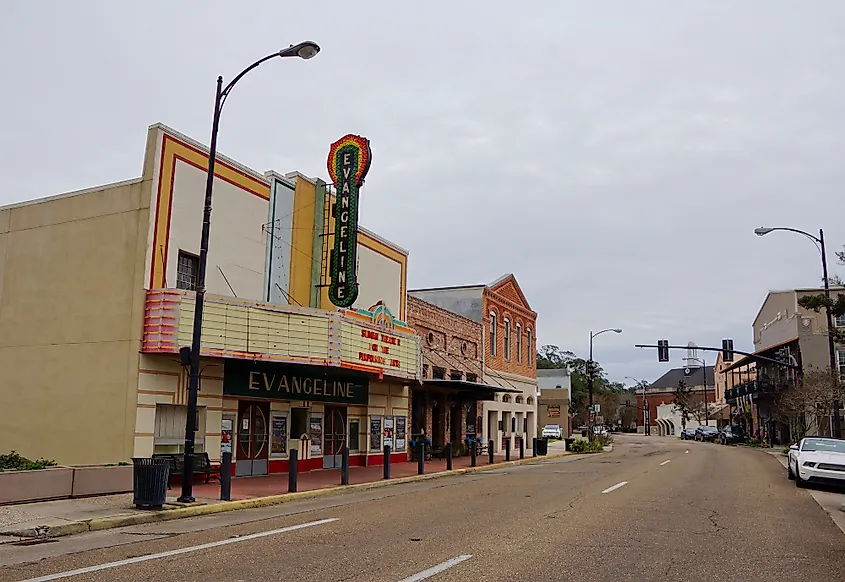
New Iberia, population 27,500, has a name that represents part of Louisiana's vibrant heritage. Settlers from Spain named the town after the Iberian Peninsula, which Spain shares with Portugal in southwest Europe. The Spanish arrivals traveled up Bayou Teche in 1779 and decided to build their town around what would become known as Spanish Lake.
These days, the town's colonial history welcomes visitors on a constant basis. Shadows-on-the-Teche, a former plantation that grew sugar cane, is now a museum and visiting grounds run by the National Trust for Historic Preservation. The Bayou Teche Museum deepens the town's offerings on local history. For a turn in nature, head to Avery Island, where the Jungle Gardens act as a bird sanctuary and botanical garden. The island is also the birthplace of Tabasco sauce, the classic American condiment.
Cameron

The southwest town of Cameron has just 200 inhabitants. It sits a mere 30 miles from Texas, at the mouth of the Calcasieu River, from which the town has engaged in regional commerce and trade. Though modest in size, this beach town, set against the Gulf of Mexico, gives the visitor proximity to local wildlife and water activities. Travelers in hurricane season should check the weather before any visit: the region is prone to natural storms, and suffered in the wakes of Hurricane Rite in 2006, Hurricane Ike in 2008, and Hurricane Laura in 2020. Yet past cultures have thrived in Cameron, as evidenced by the the Creole Nature Trail, which offers a look at local natural species and Native American history.
The town also sits near the Sabine Natural Wildlife Refuge as well as the Cameron Prairie National Wildlife Refuge. Fishermen will love Cameron: it is a local hub for shrimping and fishing the species found nowhere else in this part of the American Gulf South.
Mandeville
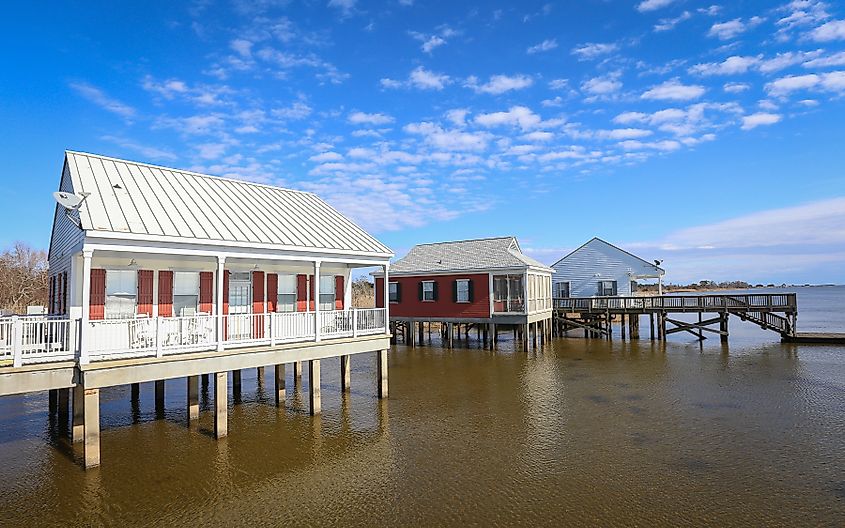
Mandeville, population 13,300, sits north of New Orleans on Lake Pontchartrain, in the region known in local shorthand as the "Northshore." The town was incorporated in 1840 as a part of the dynasty of the Marigny family, a prominent commercial and political clan in 19th-century Louisiana. Mandeville benefited from easier access in the steamboat era, and families from New Orleans coming here for a pleasant weekend or longer getaway.
The town is proud to host two institutions in the growth of Louisiana music: the Dew Drop Social and Benevolent Hall, a social club that opened in 1895 and served as one of the incubating sites for the music of jazz. Likewise, Ruby's Roadhouse has operated in Mandeville since 1920. As its name suggests, it offers roadhouse music, drinks, and dancing, with musical styles ranging from blues and rock to Louisiana-born genres like zydeco. For time outside, head to Fontainebleau State Park, which has camping and beach options; for an unforgettable Gulf evening, head to Sunset Point Fisher's Pier and Park, which provides the views its name suggests.
Covington
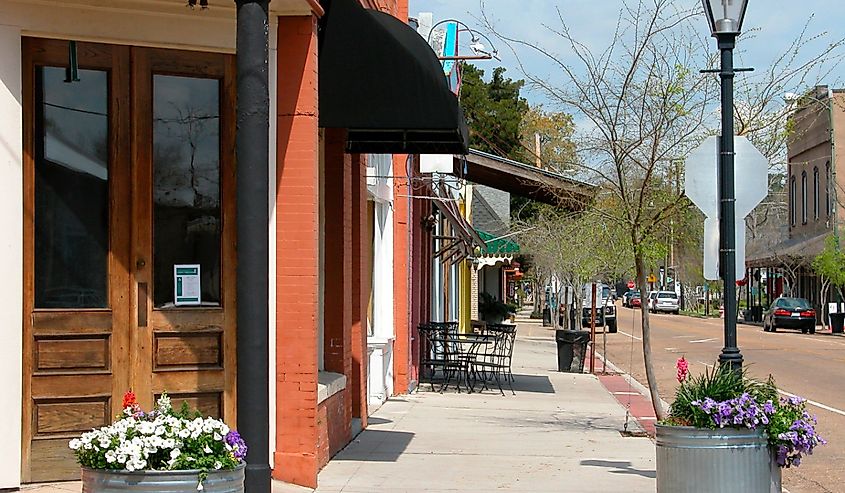
Covington, with 11,600 residents, was founded in 1813. Sitting just north and inland from Mandeville, the town traces its roots to the time of the British West Florida era, when the British Empire controlled what is now eastern Louisiana as far as the Mississippi River. For a (literal) taste of local history today, go see the C.S. Steen Syrup Mill, a family-owned site of cane syrup production in business for more than 100 years.
Nature enthusiasts will like the Fairview Riverside State Park for hiking, biking, and fishing, as well as the Tammany Trace Bike Trail, a thirty-plus mile run. Given the diversity of local habitants, Covington offers the plant lover a rich array of species, from the century plant to species of elderberry, mulberry, and huckleberry.
Minden
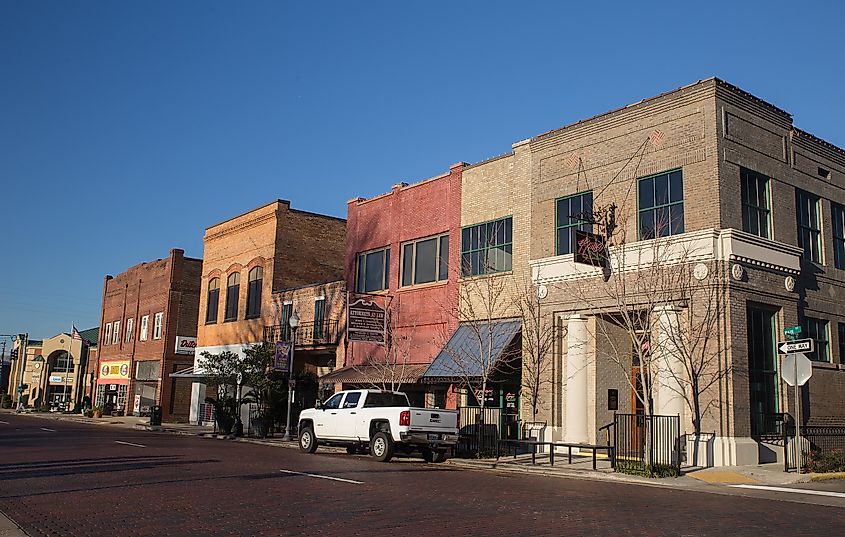
Minden, a town of 11,400 people, lies in Louisiana's northwest, east of Shreveport. Its name reflects the German immigrants who settled here, like the northwest German city that is called the same. A visit will offer the tourist a blend of natural and cultural points of interest. For nature, Lake Bistineau, Dorcheat Bayou, and Caney Lakes Recreation Area are standout destinations for camping, fishing, picnicking, or just being outdoors. For some local culture, the Germantown Colony and Museum, just outside Minden proper, gives perspective on the history of German immigration to the area. The town's historic district has antebellum, or pre-Civil War, as well as Victorian-era homes still standing.
Fun fact: it was in Minden that Louisiana's coldest-ever temperature was recorded. The Great Blizzard of 1899 brought local temperatures to a low of -16 °F, or almost -27 °C.
Natchitoches
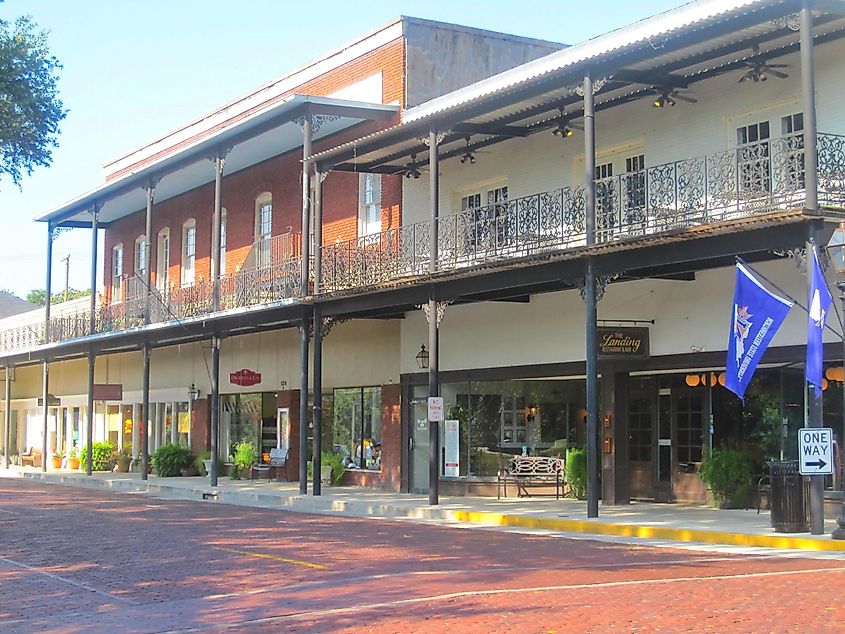
The name Natchitoches (pronounced "Nack-a-tish") requires practice, but the effort to understand and visit this town is well worth it. A place of 17,400 souls, founded in 1714 along the Cane River, Natchitoches is thought to be the state's oldest settlement. Natchitoches has numerous buidlings listed on the National Register of Historic Places, from French Creole townhouses, to Kaffie-Frederick General Mercantile, the city’s oldest general store from the 19th century. Oakland and Magnolia, both local plantations, are listed as National Historic Landmarks.
Natchitoches is the oldest permanent European settlement within the Louisiana Purchase, the 1803 land sale from France to the United States. French influence remains clear in the town's historic buildings today, and many are available to visit, or even sleep in: Natchitoches has no fewer than fifty bed-and-breakfasts, the highest in the state. The Bayou Pierre Alligator Park has its namesake animal, and brave visitors can feed the alligators kept there.
Abita Springs
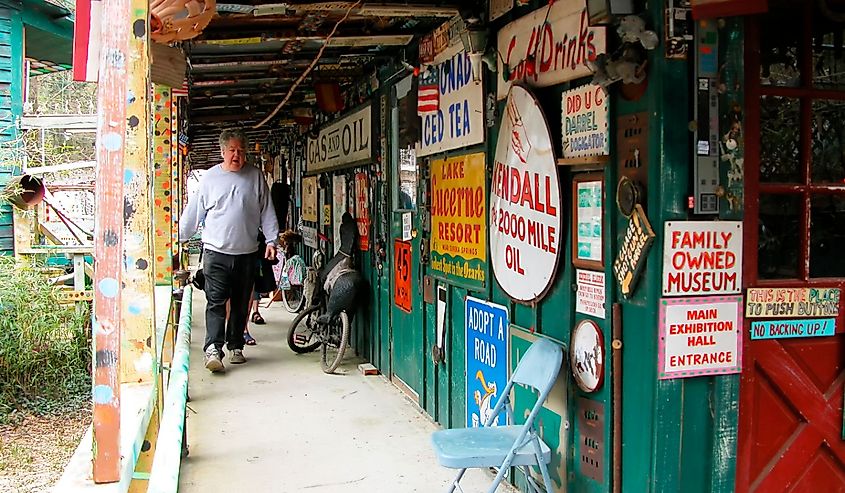
Originally a Native American village of the Choctaw tribe, the small town of Abita Springs, population 2,700, was incorporated in 1903 — later than many Louisiana towns. It sits above Lake Pontchartrain a few miles east of Covington. Abita Springs' historic district, included on the National Register of Historic Places, includes no fewer than 180 buildings, in architectural styles ranging from Colonial Revival to Queen Anne.
Abita Springs draws nature lovers to its favorite sites like Abita Springs Park and the Children’s Museum of St. Tammany, both of which are family-friendly ideas. Kids might also want to see the Abita Mystery House Museum, a local, eccentric attraction with games inside. The downtown still has a pavilion created for the World Cotton Centennial, which New Orleans hosted in 1884.
St. Francisville
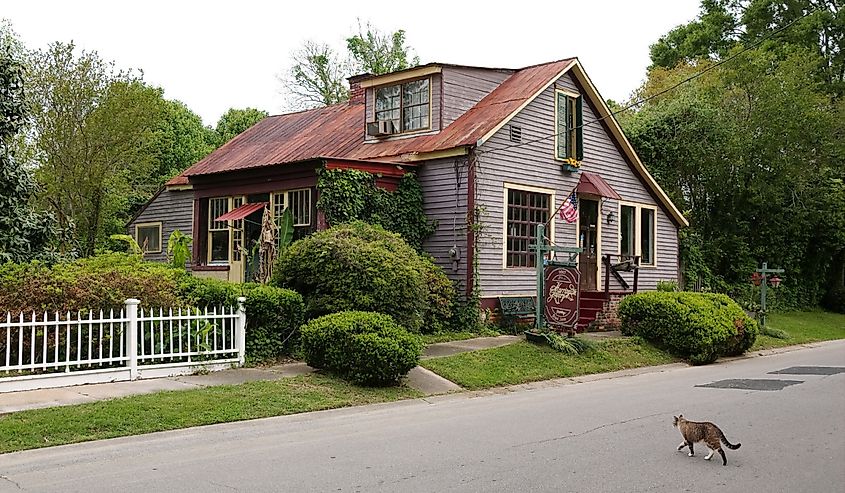
With just 1,500 people, St. Francisville makes for a quieter escape from New Orleans or other Louisiana cities. The town sits north of Baton Rouge and was established in 1807, lying in the square-shaped part of the state's eastern border with the state of Mississippi. Like Covington, it once sat within the historic zone of British West Florida. Culture connoisseurs will want to visit the plantations and historic homes of St. Francisville's 19th-century past. One example is the Wolf-Schlessinger House, built by the children of German Jewish immigrants seeking a better life in the late 1800s. The house still stands, and does business as the St. Francisville Inn Bed and Breakfast.
Nature lovers may come just to experience the Tunica Hills Wildlife Management Area, the Audubon State Historic Site — or the Mississippi River on its own. St. Francisville makes a great base for those interested in seeing multiple plantations in one small area, like Rosedown, Butler Greenwood, the Myrtles, and the Cottage, all of which name nearby estates.
Abbeville
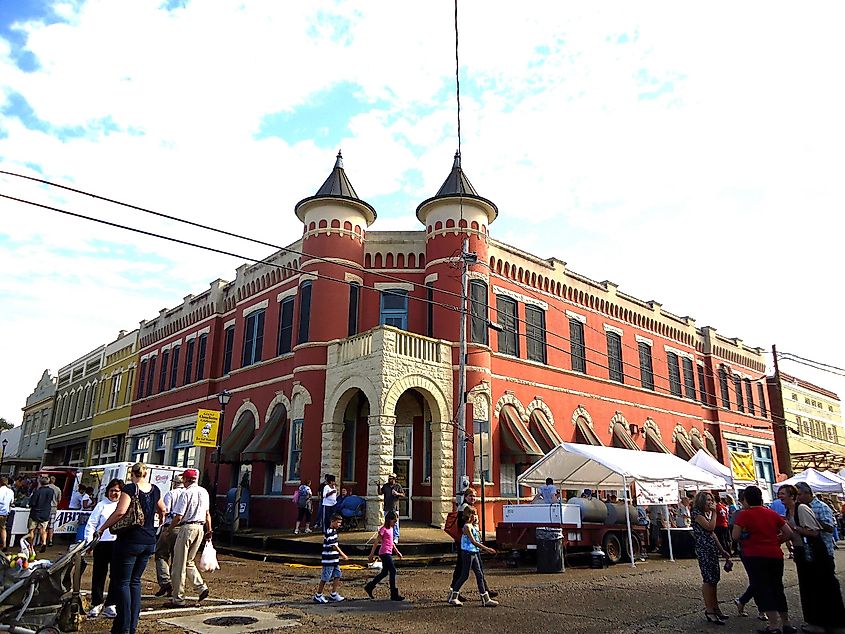
Abbeville, with 11,000 souls, is one of the most underrated towns in Louisiana. And, just 25 miles weset of New Iberia, it is also Cajun country, which means a part of the state developed after the arrival of refugees from French-speaking Canada in the tumult of the pre-revolutionary period. (The word "cajun" comes from "Acadian," a part of the eastern US and Canada, and which also names Acadia National Park in the US state of Maine.) Abbeville lies south of Lafayette and very close to the Gulf of Mexico, and was modeled on the Provencal patterns known to the town's founders. These days, Abbeville is a hub for the production of cotton, rice, seafood, and oil and gas.
For nature seekers in Abbeville, Palmetto Island State Park is not to be missed. The town also hosts the Daylily Festival and Garden Show each summer. For more French-Canadian and local history, the Acadian Museum lies in the town of Erath, just east of Abbeville.
Discovering Louisiana's Picture-Perfect Small Towns
Clearly, Louisiana's photogenic towns have a lot to offer. Yet the scenes and sights that make them interesting are not only surface-level: the state's rich history, culture, and living traditions make the region a place to visit. Plantations in New Iberia, Natchitoches, and St. Francisville present the beauty of historic estates, and the conficted history that would bring about the US Civil War. Natural sites, from Lake Pontchartrain and the Gulf coast to the sweeping Mississippi River, make the state a must-visit for those who love the outdoors. Whatever a traveler's taste, Louisiana is sure to satisfy yours on a trip in the future.
